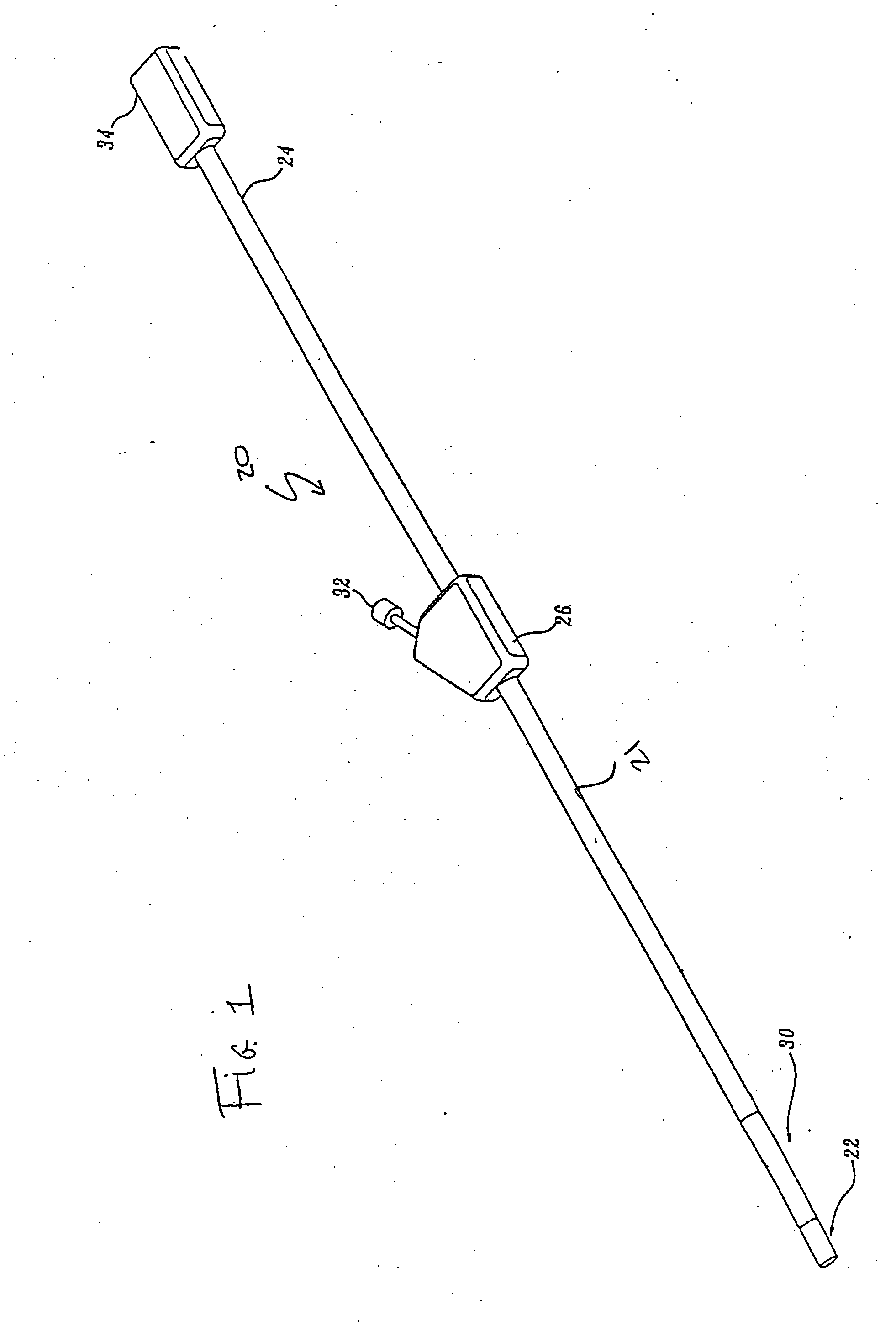Method for forming an endoscope articulation joint
a technology of articulation joints and endoscopes, applied in the field of medical devices, can solve the problems of limited flexibility, limited column strength, limited operator control of articulation joints along endoscope length, etc., and achieve the effect of low cost and easy mass production
- Summary
- Abstract
- Description
- Claims
- Application Information
AI Technical Summary
Benefits of technology
Problems solved by technology
Method used
Image
Examples
Embodiment Construction
[0024] Generally described, the present invention provides an articulation joint and a method of making an articulation joint for use in a medical device, such as an endoscope. The present invention provides many advantages over articulation joints used in conventional endoscopy systems. For example, the articulation joints of the present invention are easy to assemble and do not require the use of adhesives or brazing, thereby providing an inexpensive and easily mass-produced joint that allows the distal end of a medical device, such as an endoscope, to be bent in any desired direction by one or more control cables.
[0025] The various embodiments of the articulation joint described herein may be used with both conventional reusable endoscopes and low cost, disposable endoscopes, such as those described in U.S. patent application Ser. No. 10 / 811,781, filed Mar. 29, 2004, and in a U.S. Continuation-in-Part patent application Ser. No. 10 / 956,007, filed Sep. 30, 2004, that are assigned...
PUM
| Property | Measurement | Unit |
|---|---|---|
| circumference | aaaaa | aaaaa |
| closing angle | aaaaa | aaaaa |
| circumference | aaaaa | aaaaa |
Abstract
Description
Claims
Application Information
 Login to View More
Login to View More - R&D
- Intellectual Property
- Life Sciences
- Materials
- Tech Scout
- Unparalleled Data Quality
- Higher Quality Content
- 60% Fewer Hallucinations
Browse by: Latest US Patents, China's latest patents, Technical Efficacy Thesaurus, Application Domain, Technology Topic, Popular Technical Reports.
© 2025 PatSnap. All rights reserved.Legal|Privacy policy|Modern Slavery Act Transparency Statement|Sitemap|About US| Contact US: help@patsnap.com



